Teak Outdoor Furniture Care
Key Takeaways
Premium teak outdoor furniture is an investment. Teak outdoor furniture care is important, so be sure to clean and protect teak to extend its life and reduce maintenance enormously - it's worth it!
- Teak is a good choice for outdoor furniture, provided it is made with Grade A teak
- Cheaper teak furniture is often made with lower grade wood or other woods falsely labeled "teak"
- Teak will last longer, and remain looking new, if it is annually cleaned, and if protector coat is added after cleaning
- Outdoor furniture covers are an excellent investment because they slow all forms of weathering and also prevent grime and animal and human stains which would require maintenance
Understanding Teak Wood
Teak is a tropical hardwood prized for its beauty, strength, and imperviousness to weather. The most prized species of teak, which are used for boat decks and premium grade outdoor furniture, are from the species "tectona grandis". This species is indigenous to southeast Asia but has been grown with varying success in other parts of the world sharing the right combination of soil, altitude and humidity. One reason for the extremely high cost of this type of teak, in addition to the high demand, is that it can take 60 years for these trees to reach maturity. For this reason, responsible governments and conservation organizations carefully monitor and regulate forests in order to ensure they are sustainably farmed for the long term.
 These teak benches from Barlow Tyrie can last
These teak benches from Barlow Tyrie can last
many decades outdoors in public parks and gardens
Grades of Teak Wood
Like all woods, teak is also classified by quality, which depends not only on genetics but from what part of the tree the wood was cut, which affects the grain, potential knots, and oil content. In addition, quality also varies with the age of the tree (generally, the older the better), forest management, harvesting techniques, weather, and microclimes - ie the soil or weather in the particular area the tree was grown. Teak is graded A, B, C or D - and naturally, some mills, lumber wholesalers, and governments may not grade consistently with others. Grade C and D teak, which is cut from near the edges, or sapwood, of trees, or from lesser quality trees, should not be used for furniture.
Grade A teak is cut from the center (or "heartwood") of mature tectona grandis trees, and generally has a consistent, honey-gold to light brown color, and very little color variation. Grade B has more variation in color (such as white areas or widely differing grain patterns).
Selecting the Best Teak Outdoor Furniture for Your Needs
Although Grade A and B teak are both used for furniture, only Grade A teak is suitable for premium furniture and can cost 2-4x more than Grade B. One of the oldest and best known manufacturers of premium teak outdoor furniture is Barlow Tyrie of Braintree, England.
By contrast, you will often find Grade B and marginally Grade A wood in furniture bought from big box retailers and discounters, while furniture made exclusively from Grade A teak is mostly sold by quality-focused retailers who sell to discerning customers and design professionals. Grade A is critical for commercial applications, or for any user who wants to make a long term investment. It's easy to spot the difference even when new - but as the years pass, the quality difference widens as lower grade teak degrades or breaks.
We should note that generally, big box discounters sell teak that is not only Grade B (or marginal Grade A), but which is also sub-par in other respects, such as size, design, thickness of parts, construction methods, hardware quality, etc. Resort-grade teak furniture should be expensive. If it's not, then it's probably not resort-grade teak furniture.
Fake Teak - other woods marketed as "teak"
 Cheaper garden furniture is often made from
Cheaper garden furniture is often made from
low grades of teak, or even other woods entirely
A fair amount of furniture marketed as "teak" isn't teak at all - but rather one of a variety of cheaper and lesser woods harvested in various parts of the world. One example, marketed as "african teak", is actually the species melicia exelsa and also known as "irokko". Another african wood sometimes marketed as teak is the species lophira alota and also known as "ekki" or "azobe". While these woods have some properties in common with teak, they are not equivalent in quality or weather resistance.
Can Teak Furniture Be Painted?
You will rarely if ever see painted teak furniture. This is due to the high oil content in teak, which will keep paint from adhering to the wood. Do not paint teak furniture as it will peel due to the high oil content. When a item of furniture is sold as teak and available both in a natural finish and a painted finish, it is virtually certain that the painted version has been made from another wood. There are two woods with similar weather resistance to teak but which can be successfully painted: brazilian cherry, and robinia. In cases where a painted finish or harder wood is desired, or the high cost of teak presents a budget challenge, good arguments can be made that robinia is better than teak for outdoor furniture.
The Natural Aging and Graying of Teak
The buttery honey-gold color of new teak will naturally change over time as it weathers due to exposure to rain and UV rays from the sun. This happens as a result of the oil drying from the upper layers of the wood. The grey color of weathered teak is very familiar and classic, and many people want that look for their garden or patio. Many others, however, want their teak outdoor furniture to retain its new honey-gold color over time for aesthetic reasons. This can be done with an annual cleaning regimen and the application of a teak protector (or "teak sealer") product, which is described below. Teak outdoor furniture care is important!
 Teak naturally weathers to a gray tone
Teak naturally weathers to a gray tone
unless it is treated with a teak care product
Retaining the Original Color of Your Teak Furniture
Teak outdoor furniture care include the choice to allow teak to weather to grey, versus maintaining it to retain its new honey gold color, is mostly an aesthetic one. Although teak, like all woods, will last longer with protection from the elements, teak furniture does not become structurally weakened to a significant extent when allowed to weather each year (except in very cold locations where water can enter cracks and freeze). Under those outer drier, greyer layers of wood fiber, the interior of the wood remains intact and oiled. And that's why one can often recover the original color of teak with the proper restoration technique (described below).
Removing the Silver Patina from Teak Furniture
As described above, teak outdoor furniture will naturally fade from its new honey-gold color, to a silvery gray color as a result of exposure to sunlight and moisture. The best way to remove the sliver patina and restore teak to its former color is by cleaning the teak.
Cleaning and Maintaining Teak Furniture
 To maintain the color of new teak,
To maintain the color of new teak,
follow a regular schedule of cleaning and protecting
Premium teak furniture has the ability to last outdoors literally for generations. Lesser teak has a far shorter lifespan. But whatever outdoor wood furniture you have, it will last far longer, and look far better, if you care for it properly!
Any wood will weather over time and accumulate dirt and grime. An annual practice of cleaning outdoor furniture is very important to keeping your furniture looking great and lasting longer. After cleaning, you should seriously consider "sealing" or "protecting" your teak with a specialty product that will help maintain that newly cleaned look until the next cleaning. The best cleaning and protecting products for outdoor furniture are “teak care products“. Teak care products will work wonders even if you skip one or two years. If your teak furniture hasn't been maintained in many years and has gathered penetrating stains, mildew, and significant weathering, then you may need to refinish the furniture - more about that below.
Cleaning Teak Furniture Regularly
All teak furniture (and frankly all outdoor wood furniture) should be cleaned every year to remove often significant amounts of dust, dirt, grime, mildew, animal and bird waste, and stains. At a minimum, use soap and water to do this annual cleaning – although you will get better results with professional wood care products.
Start by wetting the furniture, preferably with a garden hose and sprayer. Avoid using a high pressure washer because it can wear away the grain and also do damage when it enters joints and cracks. After you've sprayed the furniture a couple of times to loosen grime, fill a bucket with soapy water and brush the solution into all surfaces of the furniture. You can repeat these steps as necessary, and then rinse.
Alternatively, you can use specialty teak cleaner, which is especially good for this process, in part because it quickly eliminates mildew and mold including mold spores. Whatever you use to clean the teak, be sure to let the teak fully dry (at least a full day) before applying any sealers or protectors.
After Cleaning: use a Teak Protector for lasting results
Cleaning teak furniture can be time consuming, depending on how dirty the surface is, and the best way to reduce the amount of cleaning you do, is to apply a teak protector (or teak sealer) after cleaning. The protector forms a barrier against UV rays, which minimize wood fading/weathering, and a barrier against moisture and stains. So if you want to keep teak furniture looking new, and reduce maintenance to a minimum, the best thing you can do other than weatherproof furniture covers is teak protector.
Troubleshooting Common Problems with Teak Furniture
Removing Stains from Teak
 Teak will stain if it has not been treated with a teak protector product
Teak will stain if it has not been treated with a teak protector product
Often teak will become stained by drinks, food, or animal and bird waste, and some of these can penetrate deeply into the teak (red wine being an example). We recommend you first follow the cleaning procedure above to try to remove the stain. There are also some teak care products that have a bleaching action (sometimes called "patinizer") which can help - although if you use any bleaching product, the teak will begin to grey - so be sure that is your intention if you do that.
Deep stains that cannot be removed with teak care products can be removed by sanding, although this can be time consuming.
Repair loose joints or broken slats
Although teak is a fairly strong wood for outdoor furniture, certain thinner parts can break if exposed to extreme forces. Examples are seat slats which can break if someone stands on the chair and concentrates weight on a single slat. Furniture also sometimes break in extreme weather if it falls off a porch or is struck by a falling branch. Watch out also for loose joints, because chairs can easily become weaker or break when forces concentrate on an out-of-line joint. Looseness where the bench or chair arm attaches to the back post is a particularly sensitive place, since so much force is concentrated there.
Sanding Teak Wood to Restore Its Original Finish
Sanding can remove the top layers of teak wood after they have either been stained deeply, or if the teak has been allowed to grey over time and you are unable to restore your desired color with quality teak care products.
After sanding, clean the surface again with soap and water, and wait a full day to dry, and you should find that your teak looks almost new, with the original honey-gold tint, and without the grime and stains of weathered teak. If you wish to retain this look, then unless you really enjoy sanding, you should apply a quality teak sealer or protector. That will keep you teak looking almost new for another year, until your next cleaning.
Protecting Teak Furniture
Weatherproof Covers are the best way to protect teak outdoor furniture
No matter how weatherproof your outdoor furniture is - and teak is the most weather resistant of all woods - it will degrade over time in the sun and rain, and can be damaged also by people, animals, and associated stains. There is no better way to protect any outdoor furniture than weatherproof furniture covers.
In addition to protecting the wood and fabric from UV radiation and moisture, a cover will keep dirt. grime, pollution, animal and bird waste, and anything else from building up on your furniture. And that means FAR less maintenance. We've written extensively on other articles about the importance of investing in covers for your outdoor furniture, but suffice it to say that covers will reduce your maintenance by 90%, and increase your lifespan, and time between cleanings etc., by multiples. Make the investment; you'll be glad you did.
 Invest in weatherproof covers for all outdoor furniture -
Invest in weatherproof covers for all outdoor furniture -
it will extend its life, as well as reduce maintenance enormously
Teak Oil vs Sealer: Which is Best for Your Teak Furniture?
We do not recommend the use of teak oil, linseed oil, or any other oil on teak furniture, because they cause cleaning and maintenance problems. The dust and such in your environment, and pollution in the air, which always settles onto your furniture, will tend to stick to oiled furniture more than to untreated furniture, or furniture treated with a “protector" product. In addition, oiled furniture can attract mildew or mold, which can be persistent because of moisture inherent on an oiled surface. And all of that can mean a tougher cleaning job the following year. For those reasons we don’t recommend that you oil outdoor furniture.
Preventing Mildew and Mold on Teak Furniture
 Teak cleaner will remove mold and
Teak cleaner will remove mold and
also prevent new spores from developing
Mildew and mold can grow and spread on teak outdoor furniture in wet or humid conditions. Furniture covers are the best way to keep moisture away from outdoor furniture of all kinds, including teak. So while teak itself can withstand moisture, mildew and mold can create real maintenance issues.
As noted above, do not apply teak oil, linseed oil, or any other oil to teak furniture, because dust, dirt & pollution will build up, causing maintenance headaches and promoting the growth of mildew and mold in wet locations.
The final way to reliably prevent mildew and mold on teak furniture is by the application of a teak protector or teak sealer. Always thoroughly clean your teak furniture before applying the protector. The protector or sealer creates a barrier to both UV light (which minimizes greying), as well as surface issues like mildew, mold, and stains.
Winter Care and Maintenance
Caring for Teak Outdoor Furniture in the Winter
Teak outdoor furniture can withstand sunlight, rain and snow, and extremes of weather, although protecting your furniture will greatly increase its lifespan, and decrease the maintenance required to keep your teak looking its best when Spring comes again. Winter conditions are a particular challenge even to teak. A major winter risk to outdoor furniture is when moisture seeps into cracks (even tiny ones!) and then freezes, thus widening the cracks and eventually causing structural damage. Moisture will also cause this damage when it freezes in furniture joints, thus loosening the joints.
 Sissinghurst teak bench from Barlow Tyrie, covered in snow.
Sissinghurst teak bench from Barlow Tyrie, covered in snow.
Perhaps the finest bench in the world. Teak holds up well to weather,
but will last longest when protected from the elements,
especially sub-freezing conditions, when not in use.
If your teak outdoor furniture will be unused for long periods of time, consider moving the furniture out of the weather to extend its life. Alternatively, cover your furniture with weatherproof covers for extended periods of non-use. Taking covers on and off furniture is far easier than the time, effort and expense of cleaning and restoring furniture after extended periods of exposure to the weather. When your furniture can't get wet, it can't have freeze damage.
Summary
Outdoor furniture made from premium teak can be a significant investment, and although teak is famous for its weather-resistant properties, it's nevertheless important to maintain teak properly, to extend its life, maintain its beauty, and reduce maintenance. That means at the least, annual cleaning with a "teak cleaner" product, and preferably, a treatment afterwards with a "teak protector" product that seals the wood for the next 6-12 months and resists discoloration and stains. Consider investing in weatherproof furniture covers to extend the effectiveness of such treatments almost indefinitely. Also, furniture covers will reduce maintenance enormously by blocking sun and moisture as well as stains, animal damage, and damage from freezing moisture, which can loosen joints and break wood over the years.
Teak decks and furniture on million-dollar yachts last for many decades - and that's because they are treated in this manner. Treat your fine outdoor teak patio furniture the same way, and it can last a lifetime!

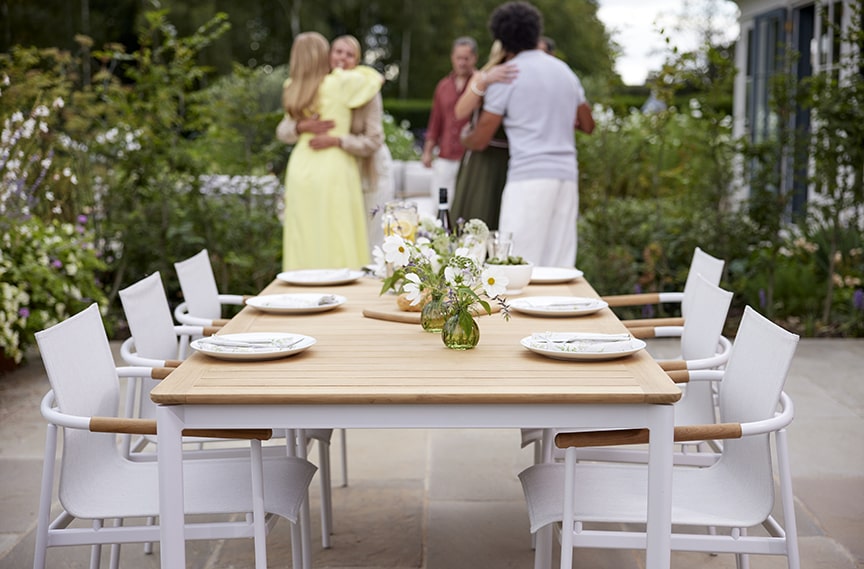
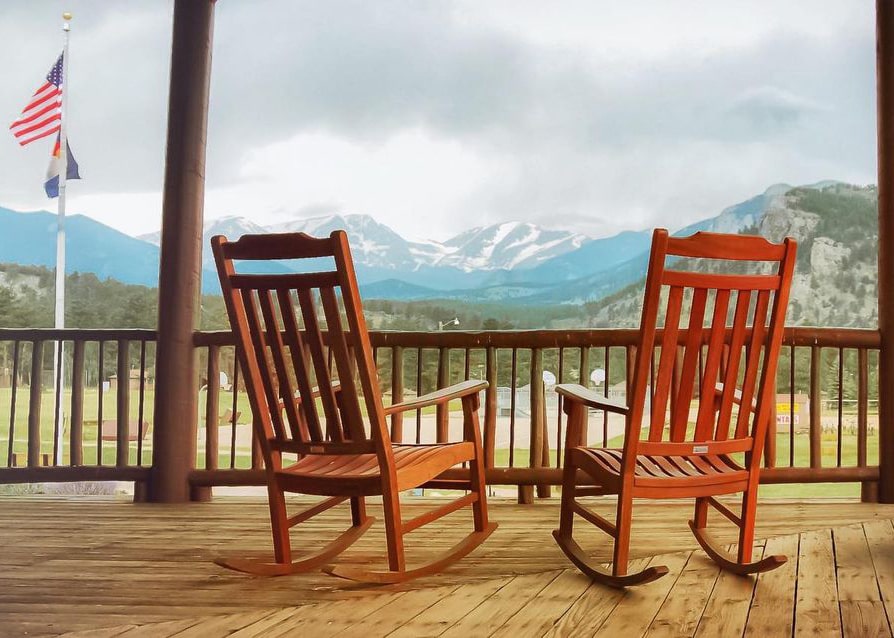
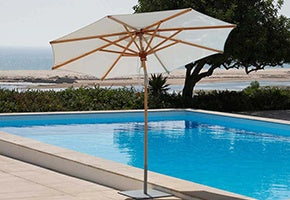
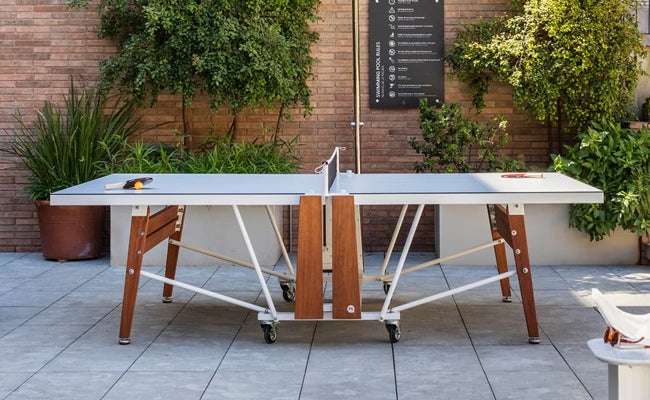
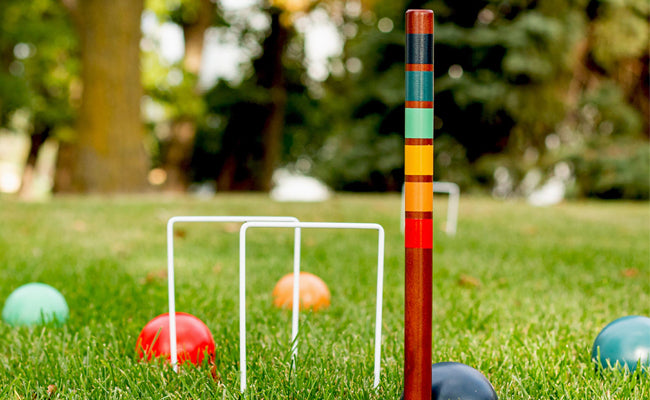
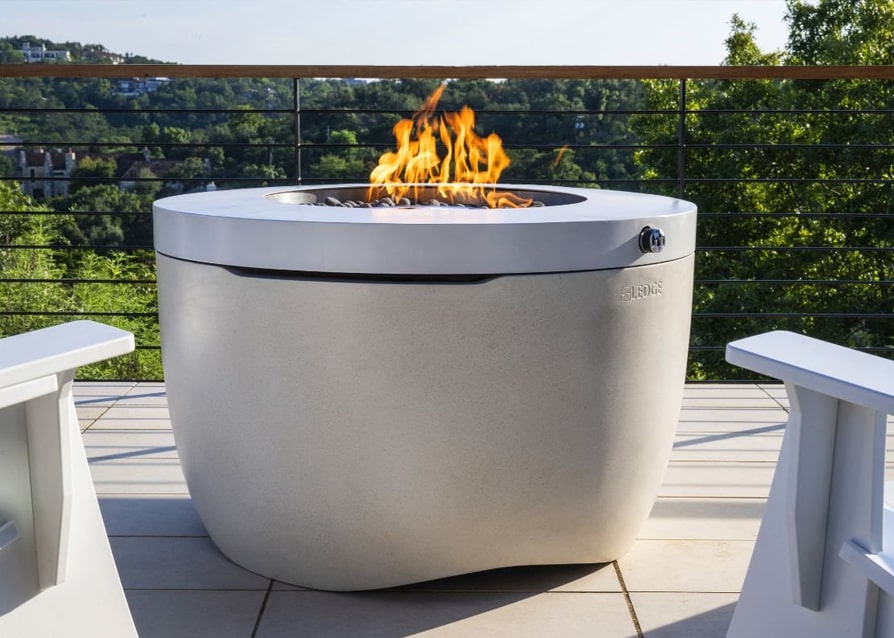
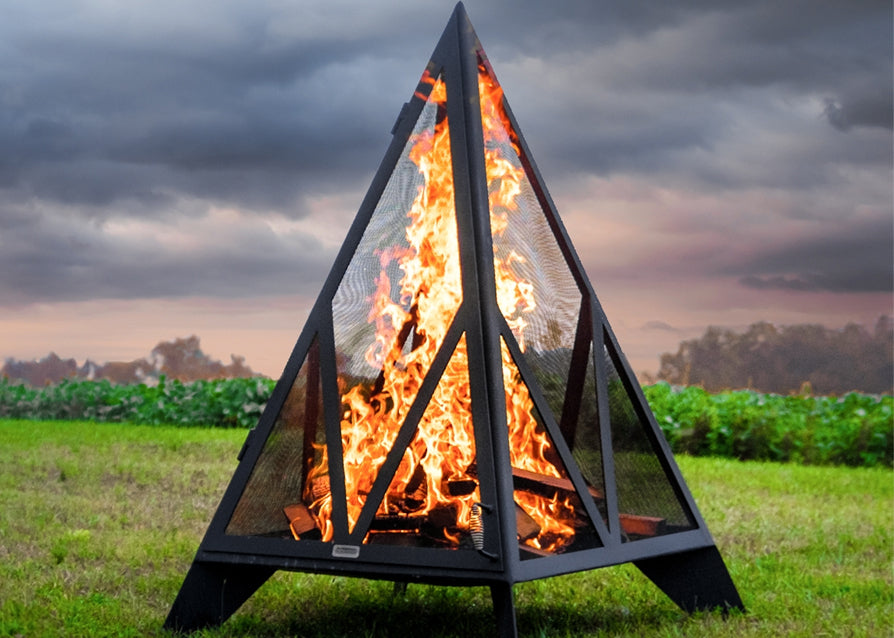
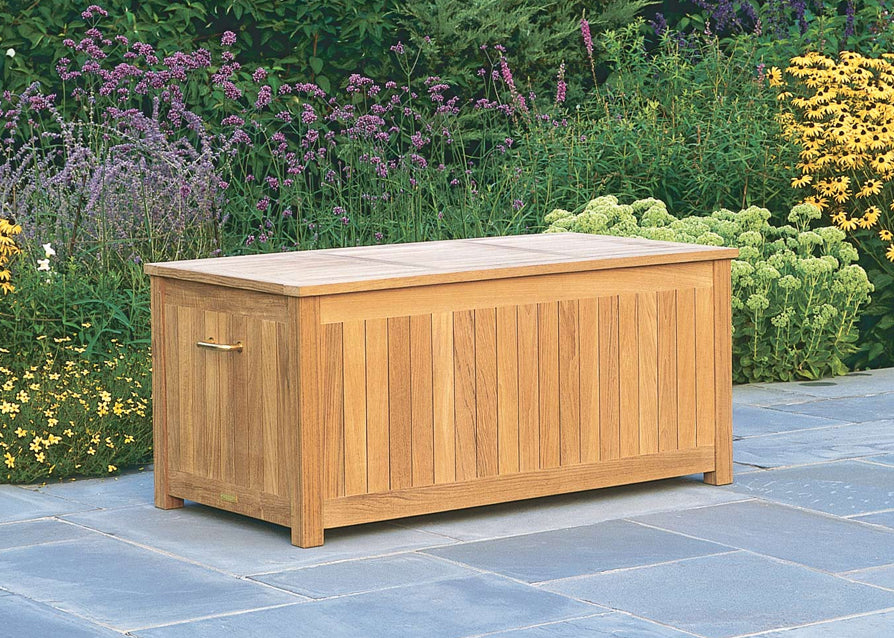
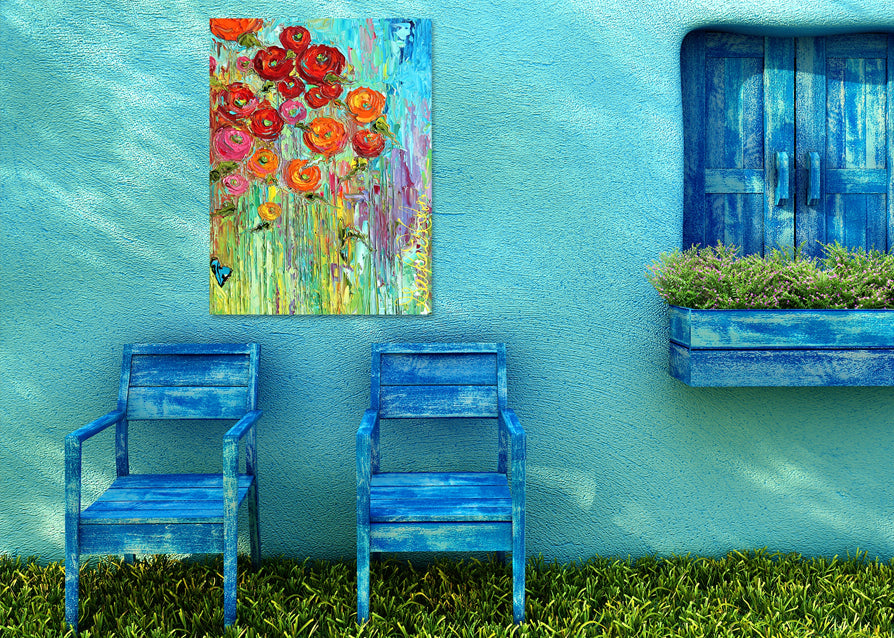
Leave a comment
This site is protected by hCaptcha and the hCaptcha Privacy Policy and Terms of Service apply.